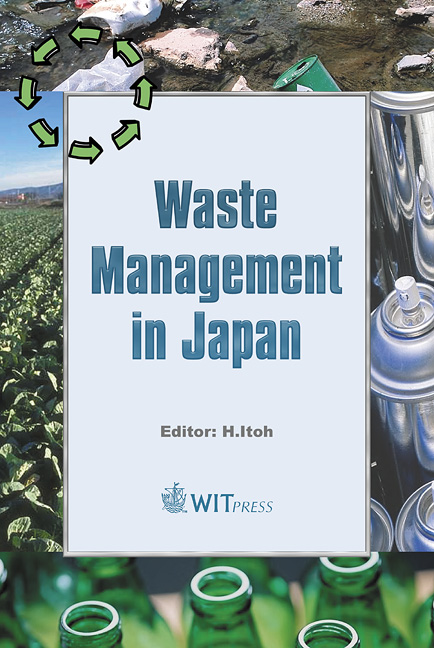Supercritical Water Oxidation Process Utilizing Salts Contained In Liquid Waste As Catalyst
Price
Free (open access)
Transaction
Volume
79
Pages
9
Published
2004
Size
372 kb
Paper DOI
10.2495/WMJ040031
Copyright
WIT Press
Author(s)
F. Takahashi, K. Yamamoto, S. Takenaka, Z. R. Sun, K. Fukushi & Y. Oshima
Abstract
Sodium titanate was hydrothermally synthesized during the deposition of sodium hydroxide, sodium carbonate, and sodium acetate on the surface of titanium particles packed in a reactor. It showed a significant catalytic effect on the oxidation of acetic acid and phenol (25 MPa, 450 °C). Titanium particles accelerated the deposition of sodium in the case of sodium hydroxide, sodium carbonate and sodium acetate. It promoted sodium deposition slightly in the case of sodium sulphate and sodium phosphate. In contrast, it showed no influence on sodium deposition in the case of sodium chloride. More than 87% of deposited sodium was recovered from the reactor under sub-critical conditions (25 MPa, 350 °C). A new SCWO process utilizing salts contained in liquid waste as catalyst was proposed based on these results. Keywords: supercritical water oxidation, wastewater, salt deposition, catalyst. 1 Introduction The oxidation in supercritical water (SCWO) is attracting a great deal of attention as an innovative and effective treatment process of hazardous organic compounds [1-4]. Owing to the significant drop in the density, dielectric constant and ability to form hydrogen bond that occurs under supercritical conditions of water (Tc>374 °C, Pc>22.1 MPa), supercritical water is an excellent solvent for organic compounds and oxygen. Supercritical water acts as a single-phase medium for rapid and complete oxidation of hazardous organic compounds to carbon dioxide, water, nitrogen gas and inorganic acids. SCWO processes enable complete destruction of organic wastes in a short residence time, much economy
Keywords
water oxidation, wastewater, salt deposition, catalyst.




